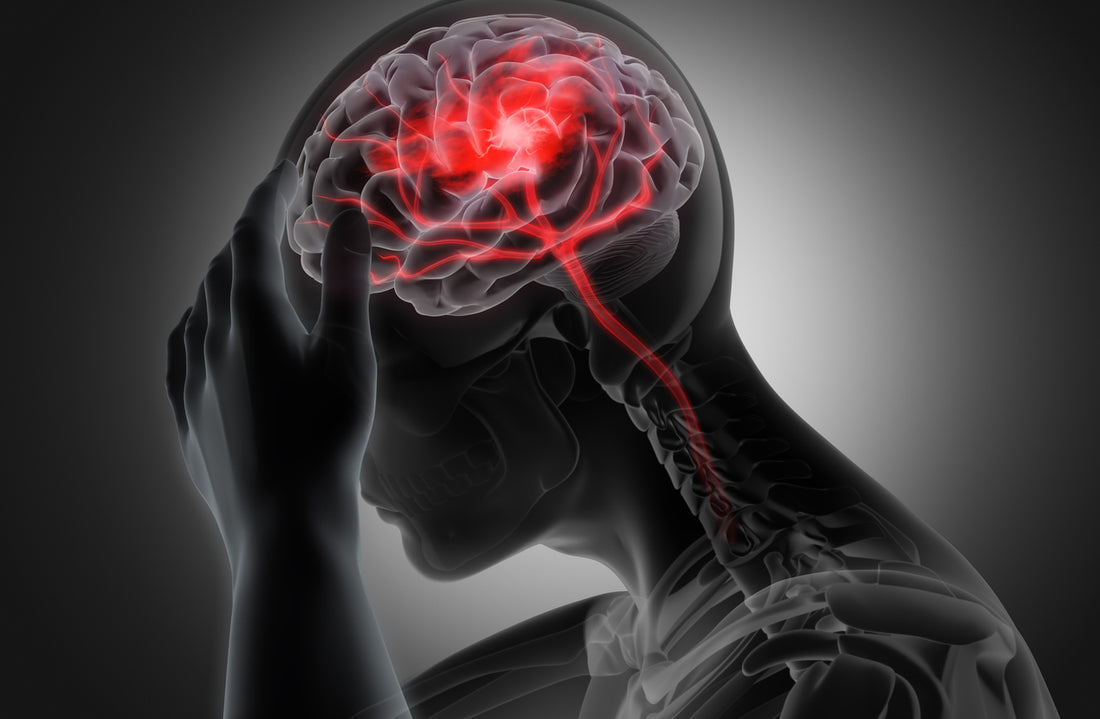
Trauma and the Brain
Dr. Linda HancockWhen I grew up, there was a general consensus that the brain was a very inflexible organ. We believed that didn’t change much over time and probably couldn’t heal once it was damaged. Research and technology over the years, however, has certainly changed that way of thinking.
Shell shock was the name that was given to soldiers who went to war and came back as very different people than before they left. They usually didn’t share any of the things that they had experienced – partly because it was horrific for them and partly because they didn’t want to traumatize those who they loved. So, everyone just wondered what had happened and how they could help.
Now we recognize the fact that a large number of individuals besides soldiers have been subjected to trauma. This situation or environmental context threatened the lives or well-being of themselves or others to the point that it significantly changed their ability to function as they had previously. Many who have experienced child abuse or neglect, motor vehicle accidents, devasting loss through fires, military deployment to war zones, sexual abuse or other horrifying circumstances meet the criteria for a diagnosis of Post Traumatic Stress Disorder (PTSD).
Let me provide a very simple explanation of how just three parts of the brain are affected by PTSD.
When we are born the Reptilian brain which was formed first, allowed us basic functions - to eat, sleep, poop and pee
The second part of the brain to develop, beginning at about three months of age is the Limbic system which is divided into two parts. On the right side is the tiny amygdala which is like a smoke detector that goes off during times of danger and alerts other areas of the brain to secrete hormones. On the left side of the brain are language and learning functions.
The last part of the Triune brain to develop is the Prefrontal Cortex which is like the principal of a school. It has a “tower” function which plans, organizes and monitors information.
Those who have experienced trauma can store some of these memories explicitly (with words) and others implicitly (without words). This ability does not begin until a child is about 9 years of age. Trauma victims really don’t know what is stored in the body as implicit memories or what might trigger them. They are horribly afraid that they will be “triggered” and not be able to control their reaction. Unfortunately, this sets up a situation where all of the world becomes unsafe as any trigger might occur at any time in any place.
When there is a trigger, the amygdala signals the alarm but so many emotions and neurotransmitters surge that the Pre-frontal cortex shorts out. It is like trying to water your African violet with a fireman’s hose! That is why people who are triggered don’t seem to be able to think or make choices at the time.
As a result, the Reptilian brain kicks in and the body goes into flight, fight or freeze status – none of which resolves the underlying problems.
Treatment for trauma involves helping the client to understand that it is not the present situation that has caused the problem. Instead, it is an unidentified memory from the past that is stored in the body and then triggered by something that sets off the hyperarousal or hyporarousal response.
Those who have not had therapy might frantically try to control everything through withdrawal, substance use, avoidance, or other means. They might experience flashbacks, nightmares, panic attacks, anxiety, rage or other behaviours without knowing what triggered them.
If you know someone who has experienced trauma and don’t understand why they are acting as they do, keep this in mind - neither do they. That is a very scary situation to be in.
The good news, however, is that there is help. Many books, videos, apps programs and therapists are available. The first step, however, is to step out of fear, shame and stigma in order to access the resources.
